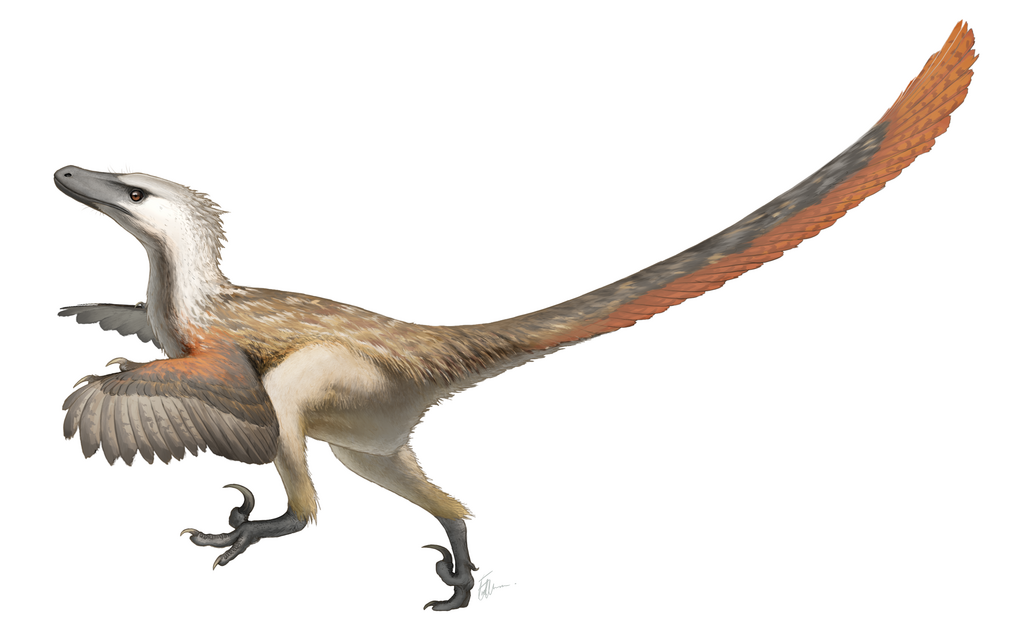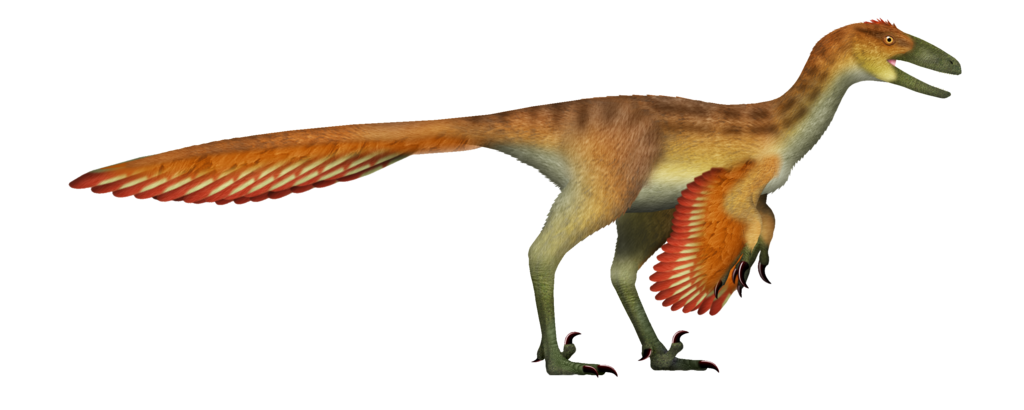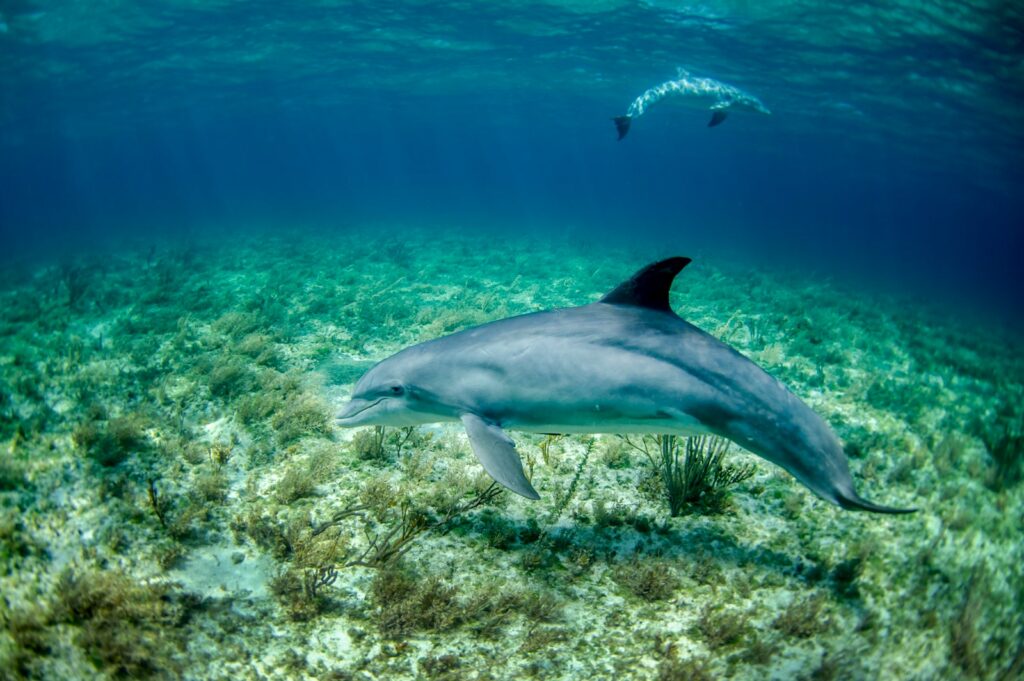When we imagine dinosaurs, we often picture massive creatures with tiny brains, lumbering across prehistoric landscapes. However, paleontological discoveries have revealed that some dinosaur species possessed remarkable intelligence relative to their era. The question of which dinosaur was the smartest has fascinated scientists and dinosaur enthusiasts alike for generations. Recent fossil evidence, brain cavity analyses, and evolutionary comparisons have provided intriguing insights into dinosaur intelligence that challenge our preconceptions. As we explore the cognitive capabilities of these ancient reptiles, you may be surprised to discover which dinosaur truly deserves the title of the most intelligent.
Measuring Intelligence in Extinct Species

Determining intelligence in creatures that vanished millions of years ago presents unique challenges for paleontologists. Unlike with living animals, scientists cannot conduct behavioral tests or observe problem-solving abilities directly. Instead, researchers rely on several indirect methods to gauge dinosaur intelligence. The encephalization quotient (EQ), which compares brain size to body mass, offers one important metric. Fossil evidence of brain cavities, called endocasts, provides crucial anatomical information about brain structure and potential cognitive capabilities. Additionally, scientists examine behavioral evidence from trackways, nesting sites, and group formations preserved in the fossil record. These combined approaches allow researchers to make educated assessments about which dinosaur species possessed higher cognitive functions, though such determinations remain somewhat speculative by necessity.
Troodontids: The Brainiest Dinosaurs

Among all dinosaur species, the family Troodontidae consistently ranks at the top for relative brain size and presumed intelligence. These small, bird-like theropods possessed the highest encephalization quotients of any known dinosaur group, with brain-to-body ratios approaching those of modern birds. Troodon formosus, in particular, stands out with a remarkable EQ estimated at 5.8—significantly higher than most reptiles and comparable to some modern birds. Troodontids featured large, forward-facing eyes suggesting enhanced vision, possibly including night vision capabilities. Their brain structure indicates enlarged cerebral hemispheres and optic lobes, areas associated with complex sensory processing and potentially higher cognitive functions. Some paleontologists have even speculated that if dinosaurs had not gone extinct, troodontids might have evolved even greater intelligence along an evolutionary path similar to that of primates.
Dromaeosaurids: Clever Pack Hunters

Closely related to troodontids, dromaeosaurids—popularly known as “raptors”—displayed impressive cognitive capabilities that likely supported their sophisticated hunting strategies. Velociraptor and its relatives possessed relatively large brains for their body size, with EQs estimated between 5.0 and 5.5. While slightly below troodontids in pure brain-to-body ratio, dromaeosaurids showed anatomical features suggesting complex behaviors, including enlarged areas for visual and spatial processing. Fossil evidence indicates these dinosaurs hunted in coordinated groups, requiring social intelligence and communication abilities beyond most reptilian species. The discovery of multiple dromaeosaurid fossils in association with single prey animals supports theories of cooperative hunting behaviors. Their grasping hands, stereoscopic vision, and agile bodies would have allowed for complex hunting strategies requiring significant problem-solving abilities and spatial awareness—cognitive traits associated with higher intelligence.
Ornithomimids: The Ostrich Dinosaurs

Ornithomimids, often called “ostrich dinosaurs” due to their superficial resemblance to modern flightless birds, rank among the more intelligent dinosaur groups based on their brain structure. These swift, omnivorous theropods possessed relatively large brains compared to their body size, with EQs averaging around 3.6 to 4.0. Cranial endocasts reveal well-developed optic lobes and cerebellums, suggesting excellent visual acuity and coordination—abilities that would have aided in their presumed lifestyle as active foragers and swift runners. Ornithomimids likely possessed enhanced sensory capabilities, particularly vision and smell, to locate varied food sources across different environments. Their slender, dexterous hands with three equally-sized digits indicate potential manual manipulation abilities uncommon among most dinosaur groups. These combined traits suggest ornithomimids may have displayed more complex adaptive behaviors than many of their contemporaries, though still falling short of the cognitive capabilities seen in troodontids and dromaeosaurids.
Stenonychosaurus: The Dinosaur That Sparked “Dinosauroid” Theories

Stenonychosaurus (formerly classified as a species of Troodon) gained particular fame in discussions of dinosaur intelligence when paleontologist Dale Russell proposed his controversial “dinosauroid” thought experiment in the 1980s. Based on Stenonychosaurus’s remarkable brain-to-body ratio, Russell hypothesized that had dinosaurs not gone extinct, this lineage might have evolved into intelligent, humanoid beings. While this speculative concept has been largely dismissed by modern paleontologists as anthropocentric, it highlights Stenonychosaurus’s exceptional cognitive potential. Fossil evidence reveals a brain case that housed a relatively massive brain for its body size, with enlarged cerebral hemispheres suggesting enhanced processing capabilities. The dinosaur possessed stereoscopic vision, grasping hands with opposable digits, and a body structure indicating agile movement and precise coordination. These features, combined with evidence of complex social behaviors, place Stenonychosaurus among the most neurologically advanced dinosaurs that ever lived, potentially capable of problem-solving and adaptive behaviors far beyond typical reptilian capabilities.
Comparing Dinosaur Intelligence to Modern Animals

When contextualizing dinosaur intelligence within the broader spectrum of animal cognition, researchers find that the smartest dinosaurs likely possessed cognitive abilities comparable to modern birds and some mammals. The most intelligent dinosaurs, particularly troodontids, had encephalization quotients approaching those of modern corvids (crows and ravens) and some bird of prey species. However, even the smartest dinosaurs would have fallen well short of great apes, dolphins, or humans in cognitive capacity. Paleontologists estimate that dinosaurs like Troodon might have possessed problem-solving abilities roughly similar to those of modern ostriches or emus—capable of recognizing patterns, remembering locations, and employing basic tools in simple contexts. The neurological structures preserved in endocasts suggest capabilities for complex social interactions, coordinated hunting, potential parental care, and adaptability to environmental changes. These comparisons help ground our understanding of dinosaur intelligence in realistic terms while still acknowledging their impressive cognitive capabilities within their evolutionary context.
The Surprising Intelligence of Certain Herbivorous Dinosaurs

While predatory theropods typically receive the most attention in discussions of dinosaur intelligence, certain herbivorous species displayed surprising cognitive potential that challenges assumptions. Pachycephalosaurs, famous for their thick-skulled heads, possessed relatively large brains for herbivores, with EQs higher than many other plant-eating dinosaurs. Some hadrosaurs (duck-billed dinosaurs) also exhibited more substantial brain cases than expected, particularly in areas related to sensory processing and social interaction. Fossil evidence of massive hadrosaur nesting grounds suggests complex social structures and potential communication systems for coordinating group movements and protection. These colonial nesting sites required social memory, recognition of specific locations, and coordinated behaviors across large populations. Additionally, some ceratopsians (horned dinosaurs) exhibited neurological structures suggesting more sophisticated social behaviors than previously assumed. These findings indicate that intelligence evolved in multiple dinosaur lineages independently, adapting to different ecological niches and survival strategies beyond just predatory advantages.
Brain Structure: What Dinosaur Endocasts Reveal
The study of endocasts—natural or artificial casts of brain cavities—has revolutionized our understanding of dinosaur neuroanatomy and potential intelligence. Modern scanning technologies allow researchers to create detailed three-dimensional models of dinosaur brain cases without damaging precious fossils. These studies have revealed remarkable details about which brain regions were most developed in different dinosaur species. In the most intelligent dinosaurs, such as troodontids and dromaeosaurids, the cerebrum—associated with higher cognitive functions—showed significant enlargement compared to typical reptilian brains. Many theropods displayed well-developed optic lobes, indicating enhanced visual processing capabilities essential for hunting and spatial navigation. The cerebellum, responsible for motor coordination and balance, was particularly pronounced in agile predators and bipedal runners. The olfactory bulbs, which process smell, varied dramatically between species, suggesting different reliance on scent for survival. These neuroanatomical differences provide crucial insights into various dinosaurs’ sensory priorities, behavioral capabilities, and potential cognitive specializations, offering a window into the minds of creatures that disappeared millions of years ago.
The Evolution of Intelligence in Dinosaur Lineages

Dinosaur intelligence didn’t emerge suddenly but evolved gradually over millions of years, responding to specific environmental pressures and survival advantages. The theropod lineage that would eventually lead to modern birds showed a consistent trend toward increased encephalization ratios throughout the Mesozoic Era. This evolutionary trajectory accelerated particularly in the maniraptoran theropods (including troodontids, dromaeosaurids, and the ancestors of birds), suggesting that increased intelligence provided significant adaptive advantages for these groups. The enhancement of cognitive abilities appears to have paralleled other evolutionary developments, including improved sensory systems, more efficient locomotion, and increased metabolic rates. Scientists have noted that the most intelligent dinosaur groups also tend to show evidence of warm-bloodedness, suggesting a possible connection between metabolic capacity and brain function. Interestingly, different dinosaur lineages appear to have evolved increased intelligence independently, indicating that cognitive enhancement provided survival benefits across various ecological niches. This pattern of convergent evolution toward enhanced intelligence foreshadowed similar trends that would later emerge in mammalian evolution after the dinosaurs’ extinction.
Social Intelligence: Group Behaviors Among Smarter Dinosaurs

Many of the dinosaurs considered most intelligent also exhibit strong evidence of complex social behaviors, suggesting that social dynamics may have driven cognitive evolution. Fossil discoveries of multiple dromaeosaurids preserved together indicate these animals likely lived and hunted in coordinated packs, requiring sophisticated communication and cooperation. Troodontid nesting sites show patterns suggesting communal breeding grounds with potential parental care extending beyond simple egg-laying. The extensive trackways of certain theropod species indicate coordinated group movements rather than random aggregations. For herbivorous dinosaurs, particularly hadrosaurs and ceratopsians, massive bone beds containing thousands of individuals suggest complex herd structures that may have included age segregation, hierarchical organization, and coordinated defensive formations. These social dynamics would have required recognition of individuals, understanding of social hierarchies, communication systems, and cooperative behaviors—all hallmarks of social intelligence. The correlation between social complexity and brain size observed in these dinosaur groups parallels similar relationships seen in modern birds and mammals, suggesting social factors may be universal drivers of cognitive evolution across vertebrate lineages.
Parental Care and Learning Behaviors

Evidence for parental care among certain dinosaur species provides another window into their potential cognitive abilities and social intelligence. Fossil nests of oviraptorids have been discovered with adult specimens positioned directly over clutches of eggs in a brooding posture, suggesting active incubation behaviors similar to modern birds. Maiasaura, whose name literally means “good mother lizard,” left fossil evidence of nest structures with partially developed young, indicating extended parental care and possibly food provisioning after hatching. Such behaviors would require significant cognitive capabilities, including recognition of offspring, understanding of their needs, and sustained attentive behaviors over extended periods. The discovery of juvenile dinosaurs in association with adults in non-nesting contexts suggests potential teaching behaviors or extended family groups. Growth ring studies in some theropod species indicate extended growth periods that would have allowed for learning and skill development under parental guidance. These patterns of extended development and parental investment parallel the life history patterns seen in more intelligent modern species, where extended learning periods correlate with enhanced cognitive capabilities and behavioral flexibility.
Tools and Problem-Solving: Cognitive Capabilities Beyond Instinct

While direct evidence of tool use among dinosaurs remains elusive, certain anatomical and behavioral indicators suggest problem-solving capabilities beyond pure instinct in the most intelligent species. The dexterous three-fingered hands of many maniraptoran theropods, including troodontids and dromaeosaurids, would have allowed for manipulation of objects with precision unusual among reptiles. Some paleontologists have speculated that certain dinosaurs might have used simple objects as tools—perhaps using sticks to extract insects from tree bark or rocks to crack open tough-shelled prey, though such behaviors leave little fossil evidence. More compelling is evidence of behavioral flexibility in hunting strategies, with some theropod trackways suggesting ambush hunting techniques requiring planning and spatial awareness. The adaptability of certain dinosaur groups to diverse habitats and food sources indicates problem-solving capabilities allowing them to exploit new resources and techniques as environments changed. Brain structures in the most intelligent dinosaurs show enlarged areas associated with planning and executive functions in modern animals, suggesting neurological foundations for complex problem-solving beyond mere instinctual responses to stimuli.
The Surprising Answer: Which Dinosaur Was Truly the Smartest?

After examining all available evidence, paleontologists generally agree that Troodon formosus (or closely related troodontids) takes the crown as the most intelligent dinosaur known to science. With an encephalization quotient estimated at 5.8—significantly higher than its contemporaries and approaching some modern birds—Troodon possessed cognitive potential unmatched in the dinosaur world. This crow-sized predator combined several features associated with intelligence: stereoscopic vision with large eyes capable of precise depth perception, highly dexterous hands with partially opposable digits for manipulation, a relatively large brain with expanded cerebral hemispheres, and evidence of complex social behaviors. Its brain-to-body ratio exceeded not only all other dinosaurs but most modern reptiles as well. Contrary to popular depictions in films and fiction, Velociraptor—while certainly intelligent—actually ranks slightly below Troodon in measures of relative brain size and presumed cognitive capabilities. This conclusion may surprise many dinosaur enthusiasts who have come to associate raptors with exceptional intelligence, but the fossil evidence consistently points to their slightly less famous troodontid cousins as the true cognitive champions of the dinosaur era.
The quest to identify the smartest dinosaur reveals that intelligence evolved multiple times and in various forms throughout the Mesozoic Era. From the problem-solving predatory theropods to the socially complex herbivores, cognitive abilities provided evolutionary advantages across diverse ecological niches. While Troodon formosus appears to have possessed the highest relative intelligence based on brain-to-body ratios and neuroanatomical features, many dinosaur species demonstrated remarkable cognitive capabilities that challenge our perception of these ancient creatures as simple, instinct-driven animals. As paleontological methods continue to advance, our understanding of dinosaur intelligence will undoubtedly evolve further, potentially revealing even more surprising insights into the minds of these fascinating prehistoric beings. The intelligence of dinosaurs reminds us that cognitive evolution has deep roots in vertebrate history, extending far beyond the mammalian lineages that would eventually produce human consciousness.



